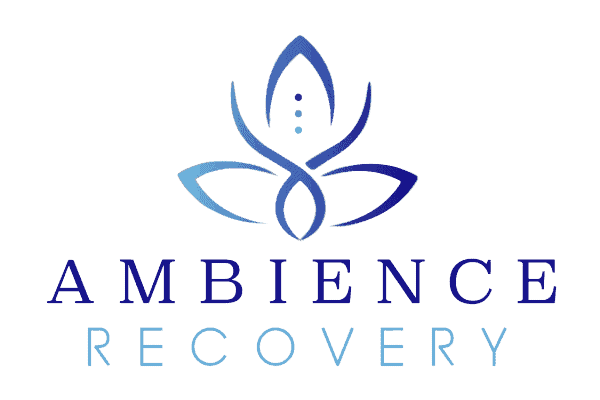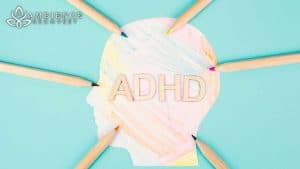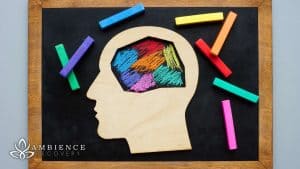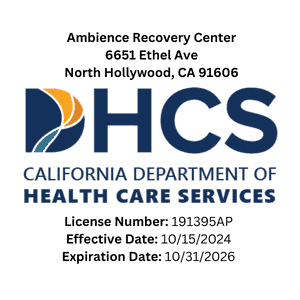Key Takeaways
-
Nitazenes are a new type of synthetic opioid that can be stronger than fentanyl.
-
They were never approved for medical use but are now showing up in illicit drug markets.
-
Nitazenes can be up to 100 times more potent than morphine.
-
They are hard to detect, and even tiny amounts can lead to deadly overdoses.
-
Ambience Recovery offers professional treatment for opioid addiction, including detox and medication-assisted care.
Introduction
The opioid crisis has already taken too many lives. First it was heroin. Then came fentanyl—an extremely powerful synthetic opioid. Now, there’s another drug causing concern: nitazenes.
These new synthetic opioids are being found in illegal drugs all across the country. Even more frightening, some nitazenes may be stronger than fentanyl, making them especially dangerous.
In this article, we’ll explain what nitazenes are, how they compare to other opioids, and what you can do if you or someone you love needs help.
What Are Nitazenes? A New Class of Synthetic Opioids
Nitazenes are lab-made drugs that were first created in the 1950s to help manage pain. But they were never approved for medical use because they were too powerful. Now, they’ve reappeared in illicit drug markets as recreational drugs.
You may hear names like:
-
Isotonitazene
-
Protonitazene
-
Etonitazene
They may be mixed into powders, pressed into pills, or added to other drugs like heroin or fentanyl. Many users have no idea they are taking nitazenes.
That makes them especially dangerous.
Nitazenes vs. Fentanyl: Which Is More Potent?
Fentanyl is already known to be 50 to 100 times stronger than morphine. But some nitazenes—like etonitazene—can be even more powerful.
Some reports suggest that certain nitazenes may be:
-
20 to 40 times more potent than fentanyl
-
Up to 100 times stronger than morphine
This means that even the tiniest amount can cause an overdose. Unlike fentanyl, which is at least somewhat recognized by the public, many people have never even heard of nitazenes. That makes the risk even greater.
Why Nitazenes Are So Dangerous
There are several reasons nitazenes are considered especially hazardous:
-
Hard to detect: Standard drug tests don’t always pick them up.
-
Mixed with other drugs: Many users take them without knowing.
-
Very small amounts can be deadly.
-
Strong effect on the brain’s opioid receptors, which control pain, breathing, and consciousness.
-
Overdoses can happen fast, leaving little time to react.
Because nitazenes are so new, most people—including medical professionals—are still learning how to recognize and respond to them.
Signs and Symptoms of Nitazene Overdose
An overdose from nitazenes looks similar to one caused by fentanyl or heroin—but may be more intense.
Warning signs include:
-
Very slow or no breathing
-
Loss of consciousness
-
Blue lips or fingertips
-
Tiny, pinpoint pupils
-
Cold, clammy skin
-
Weak or no pulse
In many cases, the person won’t wake up or respond to noise or touch. This is a medical emergency.
Can Naloxone Help?
Yes—naloxone (Narcan) can help reverse a nitazene overdose. But due to the high potency, multiple doses may be needed.
Naloxone works by blocking opioids from attaching to the brain’s receptors. However, with nitazenes, the effects can be so strong that more medication is required—and fast action is critical.
If you suspect an overdose:
-
Call 911 right away.
-
Give naloxone if available.
-
Stay with the person until help arrives.
How Nitazenes Are Exacerbating the Opioid Crisis
The opioid crisis has already devastated families and communities. Now, nitazenes are making things worse.
Here’s how:
-
They increase the number of accidental overdoses.
-
They are often hidden in counterfeit pills or mixed with fentanyl or heroin.
-
People may think they’re using a less dangerous drug—but instead get a lethal dose.
-
Emergency rooms are seeing more cases that don’t respond to typical overdose treatments.
These new synthetic opioids are spreading fast and quietly. That makes public awareness and addiction treatment more important than ever.
Treatment for Nitazene Addiction: What You Need to Know
If you or a loved one is using opioids—especially unknown street drugs—there is real help available.
At Ambience Recovery, we offer safe, compassionate treatment for opioid addiction, including those involving nitazenes and fentanyl.
Our program includes:
-
Medical Detox: Round-the-clock care to manage withdrawal safely and comfortably.
-
Medication-Assisted Treatment (MAT): We use approved medications like buprenorphine to help reduce cravings and prevent relapse.
-
Therapy and Counseling: One-on-one and group sessions help address the emotional and psychological side of addiction.
-
Aftercare Support: We help build a long-term plan that includes relapse prevention, ongoing counseling, and community resources.
-
Dual Diagnosis Treatment: If you’re also struggling with depression, anxiety, or trauma, we treat both issues together.
Our goal is to give every client a seamless transition from detox to recovery, in a setting where healing can truly begin.
Conclusion: Get Help for Nitazene and Opioid Addiction Today
Nitazenes may be new, but the danger is real. These synthetic opioids are more powerful than fentanyl, hard to detect, and increasing overdose deaths across the country.
If you or someone you love is using opioids—whether knowingly or unknowingly—you’re not alone. And it’s not too late to get help.
Call Ambience Recovery today at 866-721-7470. Our caring team is here to guide you or your loved one toward safety, healing, and long-term recovery.
FAQs & Facts About Nitazenes and Fentanyl
What are nitazenes and how do they compare to fentanyl?
Nitazenes are a new class of synthetic opioids that have been found to be extraordinarily potent, often considered times stronger than fentanyl. They are part of a growing trend in the drug supply that poses significant risks to users.
What is the threat of nitazenes in today’s drug market?
The threat of nitazenes lies in their potency and the difficulty in detecting them. These strong synthetic opioids can lead to higher overdose risks compared to opioids like fentanyl and potent than heroin.
How can law enforcement detect nitazenes?
Detecting nitazenes can be challenging for law enforcement and the Drug Enforcement Administration. Specialized testing methods are required as traditional drug screening may not effectively identify these new opioids.
Are nitazenes related to other synthetic opioids?
Yes, nitazenes are considered nitazene analogs and are part of the newest class of incredibly potent synthetic drugs that have emerged in recent years, posing a significant challenge in the opioid epidemic.
What are the risks of nitazenes for users?
The risks of nitazenes include a high potential for addiction, overdose, and death. Due to their potency, even a small amount can lead to severe effects of opioids, making them particularly dangerous.
How does nitazene addiction today compare to past opioid crises?
Nitazene addiction today is part of a worrying trend in the opioid epidemic, as these synthetic opioids are often more potent than heroin and can contribute to a spike in overdose deaths.
What steps are being taken to address the risks of nitazenes?
Authorities, including the Drug Enforcement Administration, are actively monitoring the drug supply for nitazenes and implementing measures to combat their spread and educate the public about their dangers.
Can nitazenes be used in medical settings?
While nitazenes are synthetic opioids, they are not approved for medical use and are primarily found in illegal drug supplies, contributing to the risks associated with their use.
How do synthetic cannabinoids compare to nitazenes?
Synthetic cannabinoids and nitazenes are both examples of synthetic drugs, but they belong to different classes. Nitazenes are opioids, while synthetic cannabinoids mimic THC, the active ingredient in cannabis. Both pose unique risks to users.
Resources
https://adf.org.au/drug-facts/nitazenes/
https://www.deadiversion.usdoj.gov/drug_chem_info/benzimidazole-opioids.pdf
https://pmc.ncbi.nlm.nih.gov/articles/PMC10361140/
Katie is a Licensed Clinical Social Worker who has worked as a primary therapist, supervisor, and now clinical director for SUD/MH treatment centers for the past 12 years. Katie is trained in Brainspotting, EMDR, Internal Family Systems and Dialectical Behavior Therapy and is passionate about treating substance use disorders, trauma and grief.






